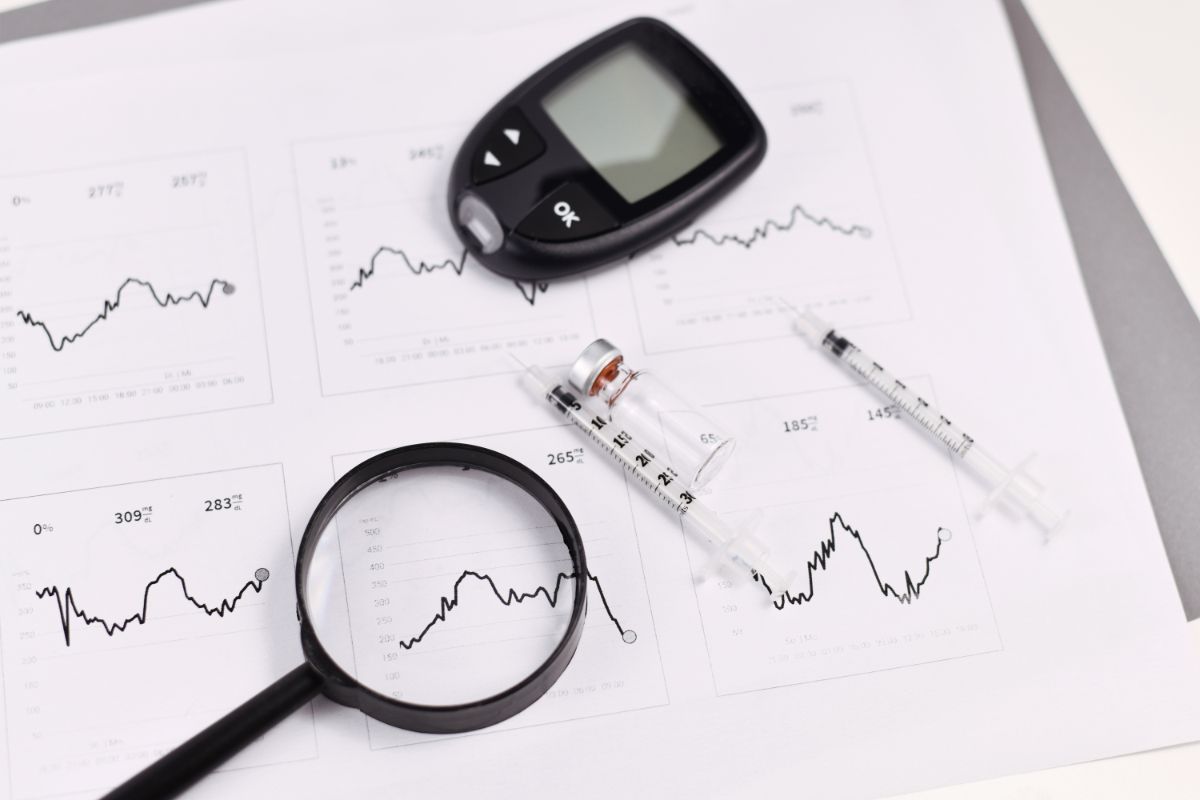
CGM gives you real-time insights into your blood glucose levels. So, how can you use the information that you receive?
Here are the main blood sugar metrics that we follow in PowerME:
- Average Blood Sugar. This is your mean blood sugar over a 24-hour period. Non-diabetics will want to aim for an average daily blood sugar that is less than 100 mg/dL, and lower is better.
- Total Glucose Peak. Rapid surges in blood sugar can damage your system. You want to minimize glucose peaks over 140 mg/dL.
- Number of Glucose Peaks. One peak over 140 mg/dL is not going to be dangerous, but frequent surges can lead to tissue injury and increased risk for chronic disease. As with average blood sugar, smaller peaks are better.
- Glucose Variability. This is a measure of how much your sugar swings up and down during the day. Two people could have the same average blood sugar, but one may have huge swings compared to the other. A tighter range is better. The optimum range is around 25–30 mg/dL, but don’t go off one value. It’s better to measure over a few weeks to get the most realistic picture.
Each of these measurements is important, but you also need an action plan. Your coach will work with you to improve your blood glucose measurements.
The above values are the ideal. And of course, when most people start out, they will find that their readings are not ideal. Don’t worry!
It can take weeks, or even months to improve your metabolic flexibility. So, don’t freak out if your readings aren’t perfect. That’s why we are here.
